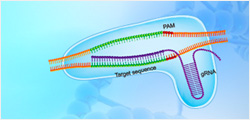VLDLR, His, Human
VLDLR cerebellar hypoplasia (VLDLR-CH) is characterized by non-progressive congenital ataxia that is predominantly truncal and results in delayed ambulation, moderate-to-profound intellectual disability, dysarthria, strabismus, and seizures.VLDLR-CH is inherited in an autosomal recessive manner. Carrier testing for at-risk relatives, prenatal testing for a pregnancy at increased risk and preimplantation genetic testing are possible when the pathogenic variants in a family are known.
| ¥3000 | |
| Z05958-100 | |
|
|
|
|
|
|
|
|
|





































